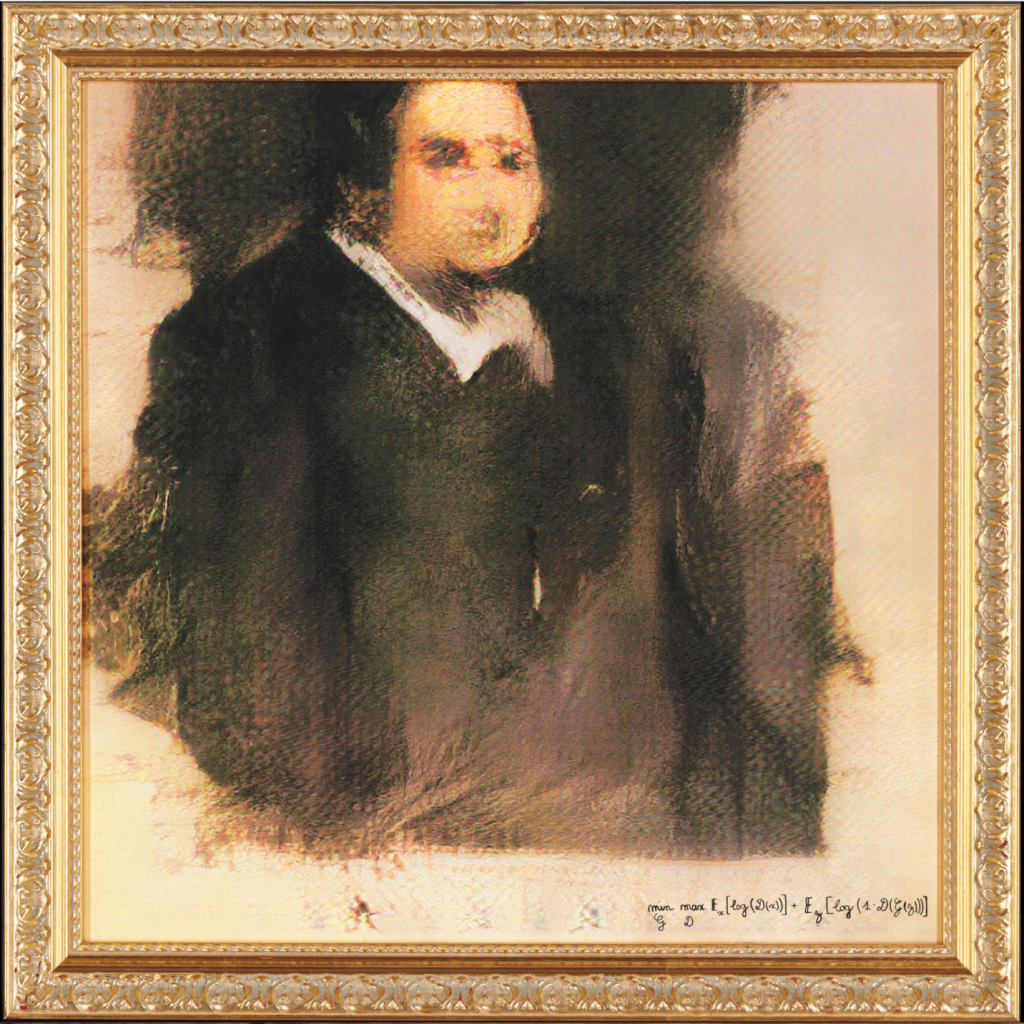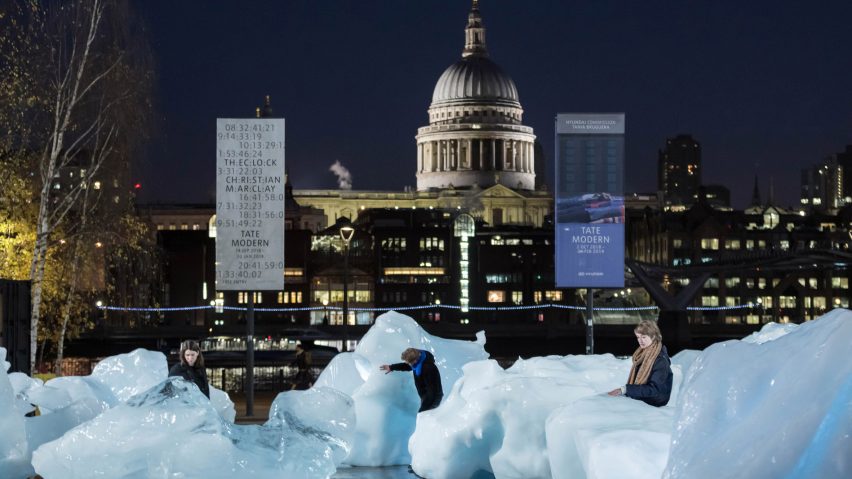Contemporary Art Trends 2019
Tumultuous global relations, the consolidation of the technological revolution and an ever-louder call for populist ideologies have guaranteed 2019 to significantly develop from the status quo of 2018. Whilst artists and institutions are being urged to reflect on and contribute to the current socio-political zeitgeist, the question remains: how is the contemporary art world responding?
The divisive arena of identity politics
2018’s #MeToo movement, as well as debates in the US regarding abortions and women’s rights, have resulted in magnified attention towards the inequalities of our modern society. The confusion of Brexit, the global immigration crisis and incidents such as the revelation of the contentious policies enforced by the Sultan of Brunei, continue to place such issues surrounding the representation and treatment of women and minorities at the forefront of international consciousness.
Gender Equality
In recent decades the art world has made steps towards rectifying inequalities within their structures. Indeed, we have seen a rise in the number of women in leadership positions in the art institution; statistics from the US show a rise from 32% in 2005 to 47.6% today. Additionally, some of the most heralded and record-breaking art exhibitions of last year featured female artists such as Hilma af Klint at the Guggenheim, Adrian Piper at MoMA and Anni Albers at the Tate Modern.
Auction houses are seeing record sales for work by women non-white artists. In January 2019, Sotheby’s achieved the highest price paid for a pre-Modern female artist in January 2019 with Élisabeth Vigée Le Brun’s 1788 Portrait of Muhammad Dervish Khan selling for $7.2 million dollars. Sotheby’s New York also reached a new benchmark for African American artists, first in 2018, with Jack Whitten’s Ancient Mentor I (1985) selling for $2.2 million dollars, shortly surpassed in 2019 when Special Checking (1974) by the same artist went for $2.6 million. In the Asian market, Sotheby’s Hong Kong 2019 spring sales saw the ever-popular Japanese artist Yayoi Kusama’s work Interminable Net #4 (1959) going for $7.96 million US dollars, breaking her previous record of $7.1 million US dollars for White No, 28 set in 2014.

Elitism, exclusivity and race
Artists are also speaking up and fighting against perceived inequalities within the industry. Last year, internet artists invaded New York’s MoMA with a guerrilla augmented reality exhibit called ‘Hello, we’re from the internet’, which took over the Jackson Pollock room without permission, in an attempt to make a statement against elitism and exclusivity in the art world. Their aim was to ‘democratize open spaces’ as stated by one of the artists Danjan Pita.

Issues surrounding the legacy of European colonialism and the return of works of art taken by imperial powers was also a topic of late 2018, with President Emmanuel Macron agreeing to the restitution of African treasures looted by French colonial forces in 1892. Although other leaders of cultural institutions often did not universally follow the French example, these steps have brought the subject further to the front of public consciousness.
Technology: social media, blockchain and artificial intelligence
The globalization of the art world and exponential growth in the number of global internet users has led to a rapid increase of social media’s influence on the circulation of art and the tastes of art buyers – especially millennials and Generation Z. Hiscox’s 2019 Online Art Trade Report described the continuing growth of online art sales: with 40% of art buyers under the age of 35 bought from online platforms, up from 36% last year. The report also suggests that this increase in online purchases is seen most strongly at the lower end of the art market, resulting in an expansion of the market in diversity and size. Indeed, the total market value is estimated to reach over 6.4 billion by 2020. Additionally, online social media platforms such as Instagram have become an increasingly crucial way of promoting and raising awareness of art and artists.
Blockchain technology has also made a significant impact following Christie’s partnership with Artory, a digital registry which encrypts and develops a system of registration of works sold. Blockchain allows for the tracking of ownership from the point of encryption forward, helping to record each work’s history digitally. Such records could make it much faster and less expensive for art experts to confirm a work’s provenance, authenticity, giving buyers greater confidence.

With 2018 seeing the sale of the artificial-intelligence (AI) produced work Portrait of Edmond de Belamy by art collective Obvious at Christie’s for £337,000, more than 40 times its estimate, interest in AI throughout the art world can be predicted to grow. Institutions such as The Barbican are looking to explore the subject, having opened an exhibition on the 16th of May this year called AI: More than Human that aims to explore the creative and scientific developments in AI and their potential to ‘revolutionise our lives’.
It seems that both the current technology and technological advancements will continue to be embraced by the market, and will continue to influence and shape both the production of art and its dissemination.
Environmental Concerns
With environmental issues at the forefront of everyone’s minds, artists and institutions are continuing to engage with this global crisis. Sotheby’s Tomorrow’s Tigers exhibition brought together ten internationally renowned contemporary artists, including Anish Kapoor and Rose Wylie, to raise awareness for the plight of the tiger as part of World Wildlife Fund’s fundraiser and the destruction of biodiversity.
In their work Ice Watch Installation in front of the Tate Modern, artists Olafur Eliasson and Minik Rosing displayed twenty-four blocks of ice taken from the Nuup Kangerlua fjord in Greenland after they were separated from the ice sheet. The work aimed to raise awareness of climate change by bringing the public directly into contact with these large blocks of ice.
From November 2019 until February 2020, the Royal Academy of Arts in London is bringing together Eco-Visionaries: an exhibition of current practices of art and architecture that respond to current environmental transformations. Through photography, film, sculpture, installation, architectural models and digital media, the works will aim to show how cutting edge art can help us deal with the rapidly changing world.
In Closing…
It seems that the contemporary art scene is currently undergoing a top-down shifting of dynamics. Globalisation and the increased access to technology permit more individuals from diverse backgrounds, including those committed to political and social change, as well as artists and collectors to express their views, tastes, needs and perspectives and to have them heard. This is forcing the market to reflect on how best to meet the needs of the rapidly changing global consciousness and is a trend that is expected to persist indefinitely as the world rebalances, with the art institution asked to continue to adapt accordingly. Considering the interdependent relationship between museums, galleries, and collectors, a small change made by one individual can have a major effect on the entire direction of the rapidly-changing and diversifying art market.

